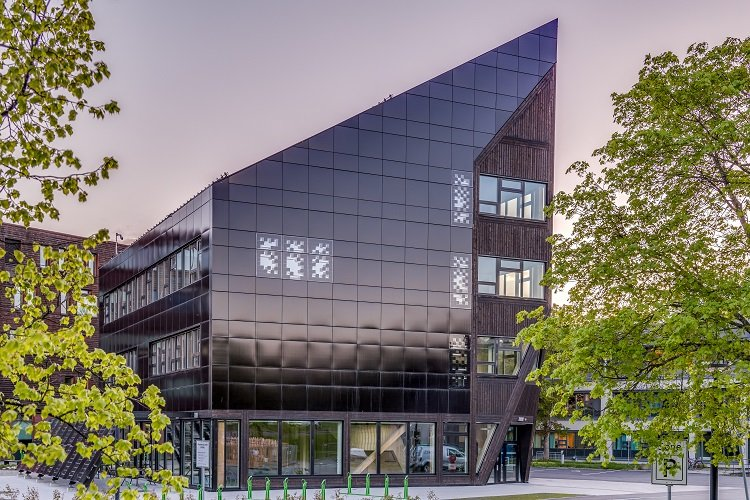How Can We Assess Embodied Carbon? A Case Study of Norway’s ZEB Living Lab

As sustainable construction gains momentum, embodied carbon—the emissions associated with the extraction, production, transport, and maintenance of building materials—has become a critical focus. One excellent example of how to systematically calculate embodied carbon is the ZEB Living Lab in Norway, a nearly zero-emission building designed for research and demonstration purposes.
In this study, the lifecycle of the building was divided into several key phases: material production (A1–A3), transportation (A4), and material replacement during use (B4). The researchers calculated the carbon emissions from the extraction and processing of materials like concrete and insulation, factored in transportation distances and methods, and considered how often materials would need to be replaced during the building’s 60-year lifespan.
A particularly innovative aspect of the study was its use of a detailed set of metrics—including material quantities, emission factors, transport distances, and replacement cycles—and a visualization tool that helped designers and analysts easily identify which parts of the building contributed most to embodied carbon. For instance, they found that exterior walls and roofing systems were among the largest contributors.
Although the assessment covered material production, transport, and replacement phases, it did not include emissions from the actual on-site construction processes (the A5 phase), such as the use of cranes or generators. The researchers also introduced a “technology factor” to predict how future advancements (like low-carbon cement) might reduce emissions in the coming decades.
This case highlights the importance of looking beyond operational energy when designing sustainable buildings. By quantifying embodied carbon in such detail, the ZEB Living Lab provides a valuable model for architects, engineers, and policymakers aiming to achieve true net-zero carbon buildings.
Reference: Resch, E., Lausselet, C., Brattebø, H. and Andresen, I., 2020. An analytical method for evaluating and visualizing embodied carbon emissions of buildings. Building and Environment, 168, p.106476.



